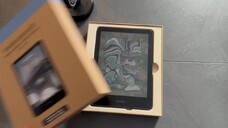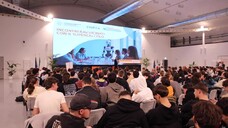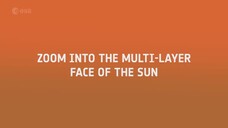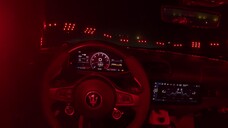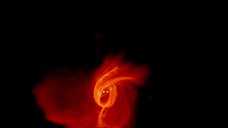More efficient 'light traps', capable of capturing light and maintaining its properties intact over time, are opening the road to new quantum technologies, thanks to research coordinated from Italy by Gianluigi Zito of the National Research Council's Institute of Applied Sciences and Intelligent Systems (Isasi-Cnr).
The research, a paper on which has been published in the Nature journal, was conducted in collaboration with the University of Singapore and the Lawrence Berkeley National Laboratory in California.
Sensors capable of detecting single light particles, photons, are among the new technologies that it is possible to create as a result.
"Our work has made it possible to significantly improve a type of device that already existed, a sort of photon trap, like a whirlwind, in which light is captured and kept isolated from the outside," Isasi-Cnr's Vito Mocella, one of the authors of the study, told ANSA.
"We have greatly improved the efficiency of these traps, which it was difficult to get photons to enter previously, and we have coupled them with a second state of light, capable of communicating with the outside".
The photons can be guided and released in a controlled way in these conditions in a way that had not been previously possible.
Trapped in BIC mode, the photons cannot escape and for this reason it is said that they enter a sort of dark mode, in which is becomes possible to manipulate them and use them for applications in the sphere of quantum technologies.
Riproduzione riservata © Copyright ANSA









